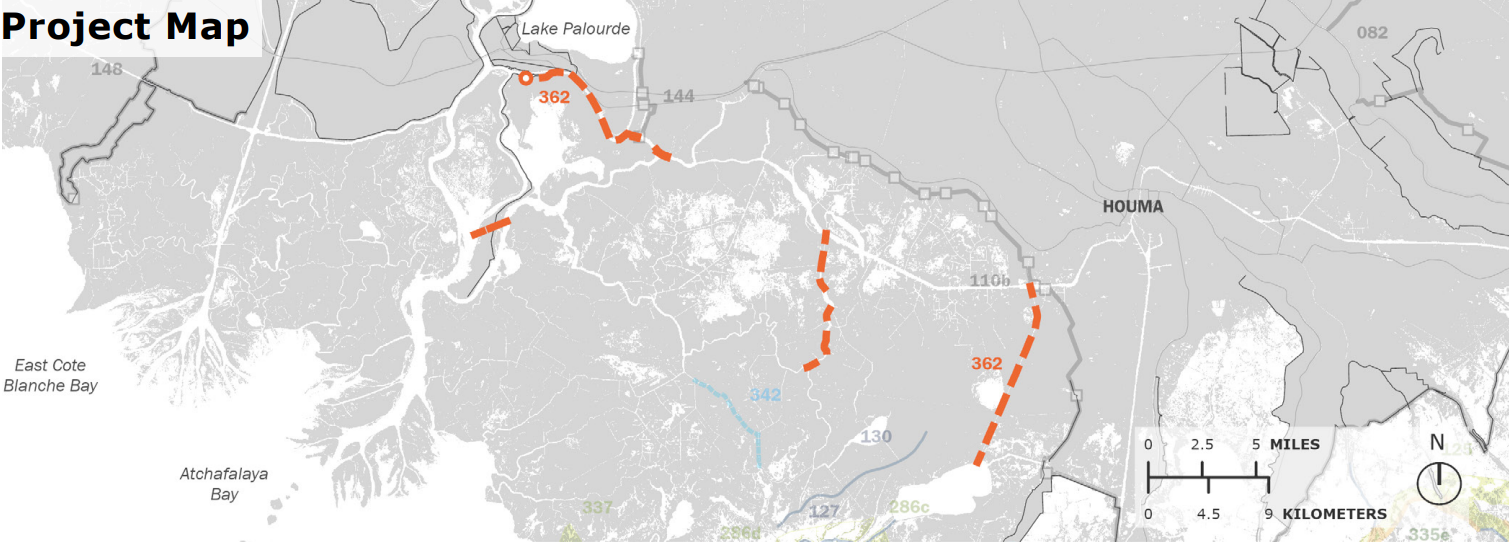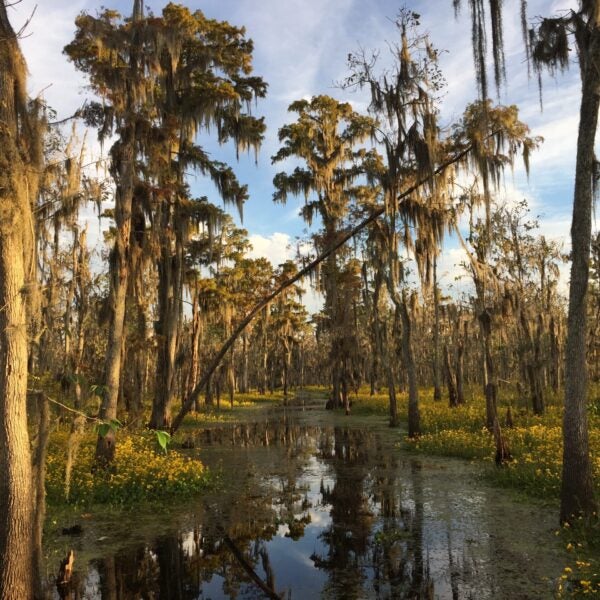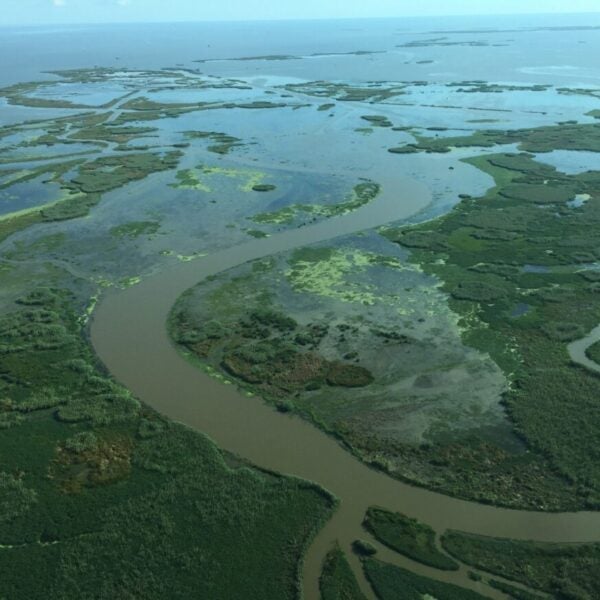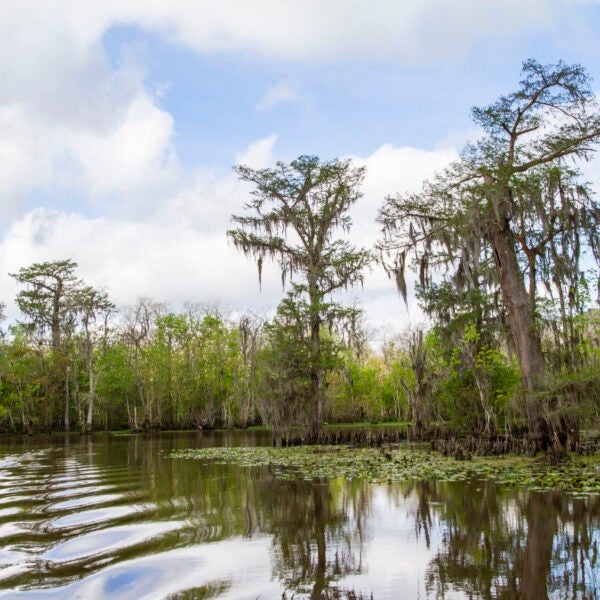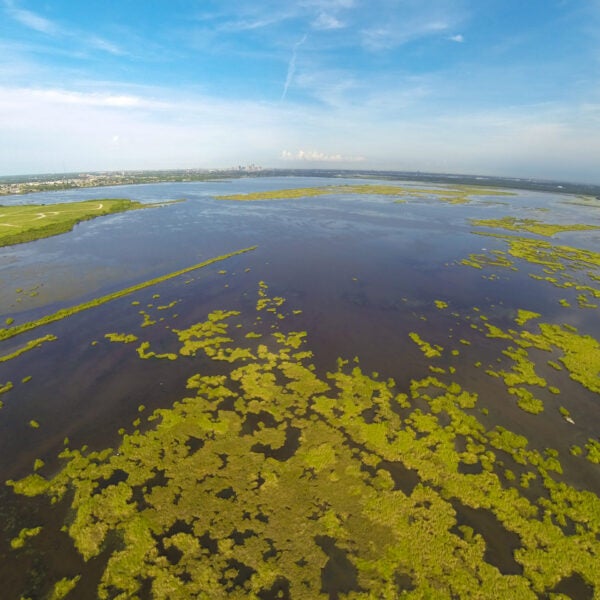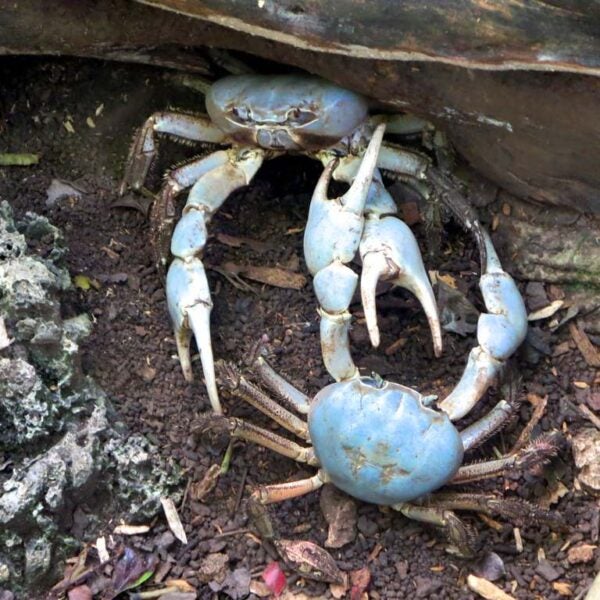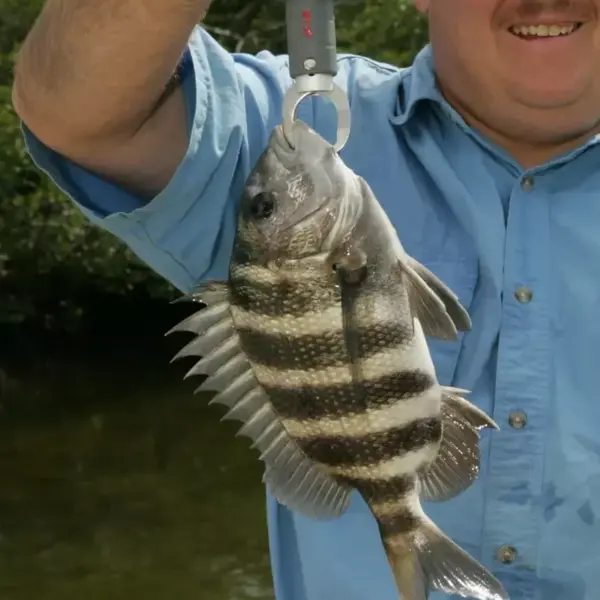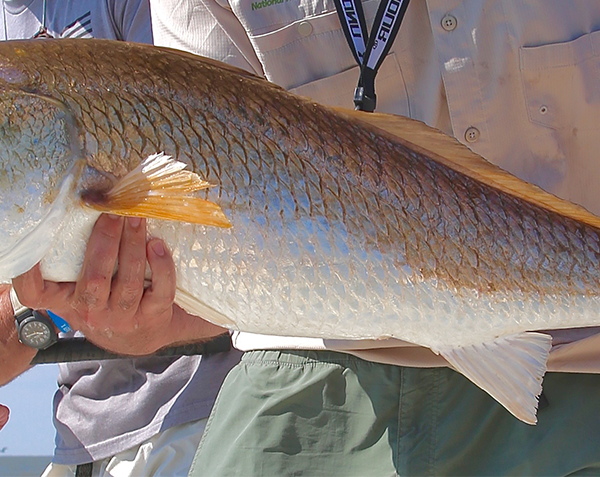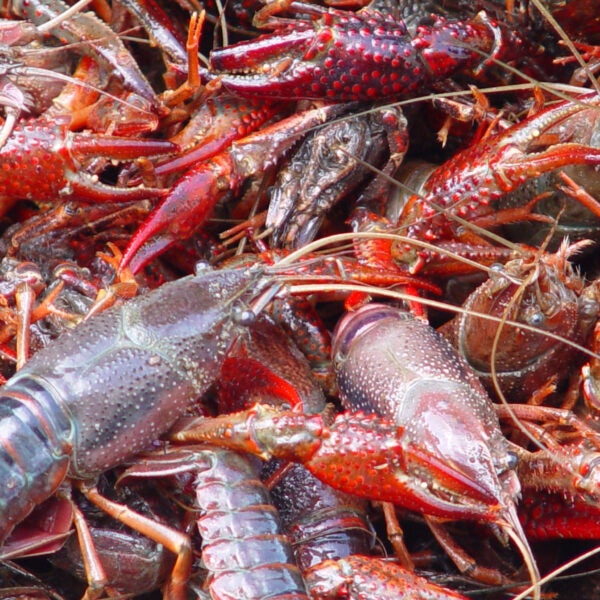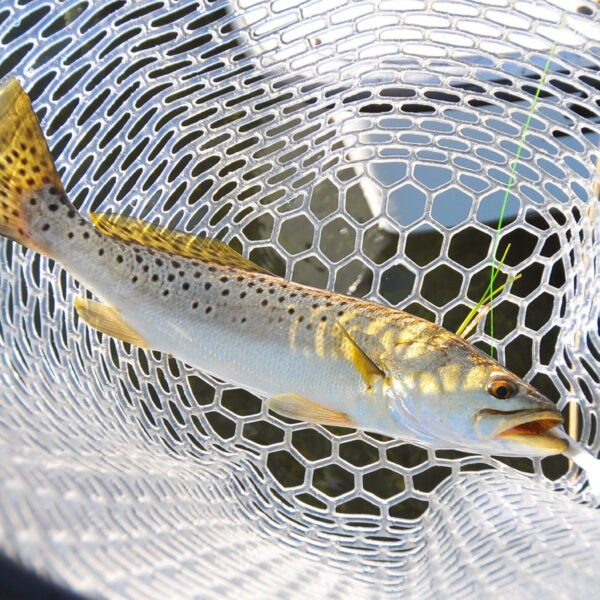About this Project
Project ID: 362
Parish: Assumption, St. Mary, Terrebonne
Type: Sediment Diversion
From the 2023 Coastal Master Plan
Region: Terrebonne
Parish: Assumption, St. Mary, Terrebonne
CMP ID: 362
Project Type: Diversion
CMP23 description: Two separate projects diverting water and sediment from the Atchafalaya River into the Penchant Basin and areas east were evaluated for the plan: Atchafalaya River Diversion (108) and Increase Atchafalaya Flow to Terrebonne (139b). Both provided similar benefits to the region but together would induce excessive flooding. 139b is currently being engineered by CPRA (TE-110). CPRA will finalize engineering and pursue construction of the TE-110 project with the Atchafalaya River Diversion (108) project as a potential alternative.
Coastal Master Plan Project Factsheet
Project Implementation
Project 1: Increase Atchafalaya Flow to Terrebonne
Project ID: TE-0110
Parishes: Assumption, St. Mary, Terrebonne
Land Benefit: 9,900-16,000 acres
Status: Closed—No longer moving forward with this project
Funding Source: NFWF
Description: On the basis of 30% design findings, this project is being shelved and will not proceed to the final stages of design at this time. CPRA remains committed to delivering basin-scale benefits to the TE-0110 benefit area and will be evaluating other features/techniques that may better fit the area’s restoration needs for project selection.
What is a Diversion Project?
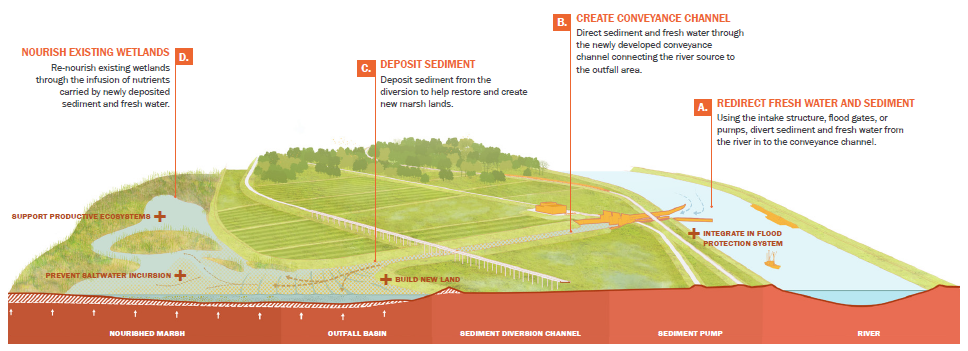
Graphic by SCAPE, Published in 2023 Coastal Master Plan
Diversions mimic nature’s historic land-building processes by using the power of the river to move sediment and fresh water from the river into nearby basins. This project type can not only build new land but also provide a sustainable source of sand and mud necessary to sustain and increase the health of existing wetlands over time. Sediment diversions can also re-establish or maintain the fresh end of the estuary, originally lost to saltwater intrusion, ensuring that the range of fresh to saltwater habitats that makes Louisiana’s estuaries so productive persists into the future. Sediment diversions also help sustain nearby marsh creation, barrier island and ridge restoration projects.
Other Diversion Projects
Mid-Barataria Sediment Diversion | Mid-Breton Sediment Diversion | River Reintroduction into Maurepas Swamp | Central Wetlands Marsh Creation and Diversion | Manchac Landbridge Diversion | Three Mile Pass Marsh Creation and Hydrologic Restoration | Ama Diversion | Union Diversion
